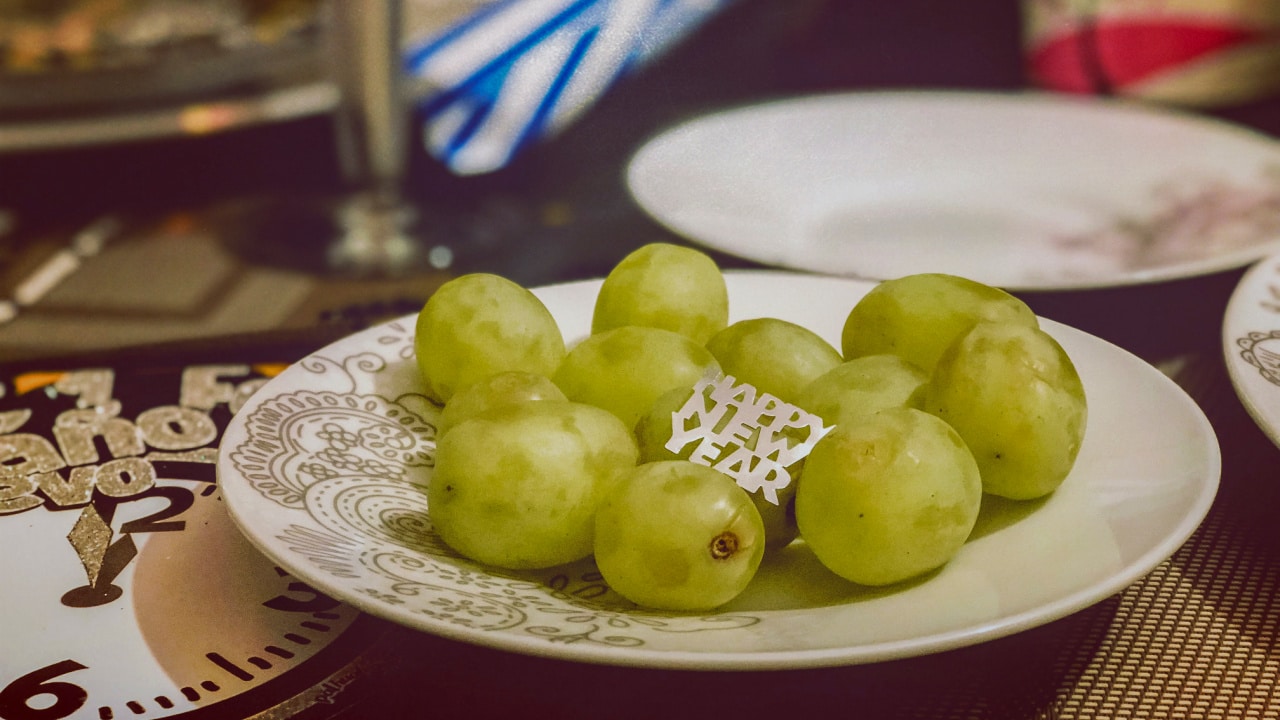“Remember That Viral Dancing Kid? He’s Now a Pro Danza de las Tijeras Dancer in Peru and Absolutely Slaying
It wasn’t that long ago that “Eso Tilín” was all over our social media feeds. The video of a young kid dancing on the sidewalk was all we could talk about as he danced. What seemed like random movements has deep roots in an ancestral dance from southern Peru. The dance, called La Danza de las Tijeras, is an important cultural product of Peru. Not only did the little boy nail the dance, he is still dancing and his growth in the dance world of Peru is wonderful.
Let’s take a moment to remember “Eso Tilín”
The video was a viral moment for the Latine community. Watching the boy really give it his all in the dance was a moment of celebration on our social media pages. Comments fill the various reposts of the video with people celebrating a young Peruvian leaning into his cultural heritage. The amount of passion he put into the dance shows his admiration for his culture.
The dance he was performing is called La Danza de las Tijeras. Hence why he had his fingers up in the shape of a pair of scissors. He has taken his appreciation for dance and turned it into his full time passion.
The moment when he gets on his head and tries to flip might seem like a wild thing but it is so accurate to the dance. La Danza de las Tijeras is all about physicality and athleticism. The dancers, usually male, are flipping, doing headstands, and really giving it their all for the art of La Danza de las Tijeras.
TikTok user Oscar Saggeza (@ocasrsaggeza) did the research and found out what the little boy is up to. Not only is he still dancing, he has turned it into a major part of his life. The dancer is using his skills to make money and proudly share his culture with the world.
Seeing him turn a viral moment into a dream come true is so sweet. Dressed in his full regalia and showing his mastery of the dance is inspiring.
What is La Danza de las Tijeras
La Danza de las Tijeras is a specific dance that comes from Andean region of Peru, specifically from the Ayacucho, Huancavelica, and Apurímac regions. The dance incorporates two iron rods that are shaped to look like scissors that the dancers hold in their right hands. The dancers click the rods like a pair of scissors rhythmically while performing.
The scissors hold a special meaning in the dance reflecting duality. The duality of the scissors represent death and life or body and spirit and the way they work together. The sound of the scissors is meant to invoke protection and cut off evil. It is also believed that the scissors hold a spiritual and magical significance.
In 2010, UNESCO recognized La Danza de las Tijeras for the cultural relevance of the dance to human history. It was honored as part of the Intangible Cultural Heritage of Humanity, which aims to preserve intangible parts of human history like dances. Other prominent cultural aspects included on that list include the language, dance, and music of the Garifuna people in Belize, Guatemala, Honduras, and Nicaragua.




